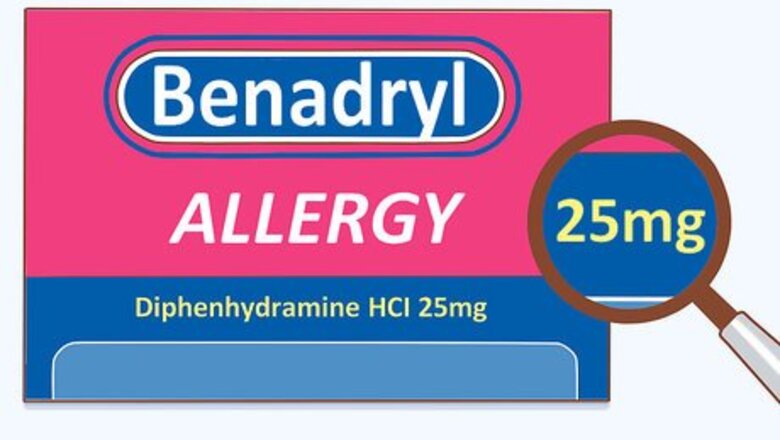
views
X
Trustworthy Source
American Kennel Club
The American Kennel Club (AKC) is a purebred dog pedigree registry in the United States. The AKC advocates for the responsible ownership of dogs and promotes purebred dog events, such as the Westminster Dog Show.
Go to source
Dosing a Dog Correctly
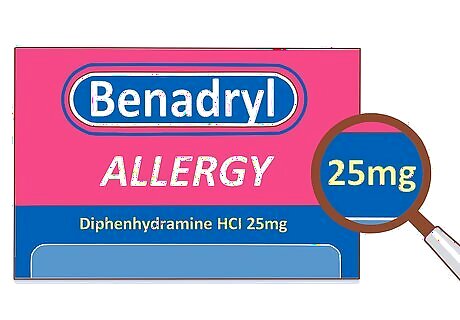
Find how many milligrams are in a pill of Benadryl. Different stores will sell Benadryl at different concentrations. Read the label to determine how many milligrams of diphenhydramine a single pill of Benadryl contains. It’s common for Benadryl tablets to contain 25 mg, but some may contain a higher or lower amount. If you need to obtain Benadryl, it should be available at any drug store, pharmacy, or supermarket. Benadryl is sold over the counter, so you won’t need a prescription (for yourself or your dog.) Make sure that you check the ingredients and purchase the version that ONLY contains diphenhydramine in it. Other formulations will include other ingredients that may harm your dog.
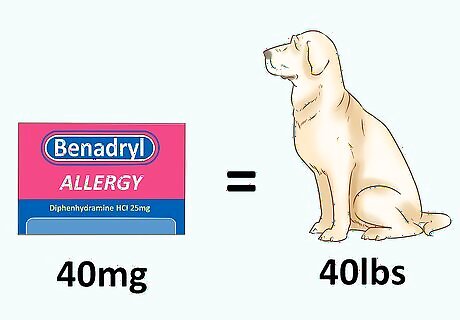
Administer 1 milligram per pound of body weight. This is the general rule of thumb when giving Benadryl to a dog. Since dogs can be many different weights, you need to know your dog’s weight before administering the medication. For example, if you have a dog weighing 40 pounds, administer 40 mg of Benadryl. Make sure to consult with your veterinarian before calculating the dose your dog needs. You’ll likely need to break Benadryl tablets apart and estimate how many milligrams are in each.
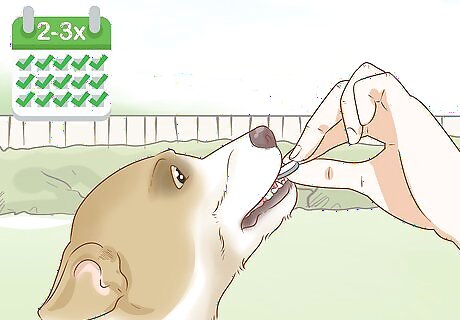
Administer Benadryl two to three times a day. To successfully counteract your dog’s allergy symptoms, you can give the dog Benadryl every 8 to 12 hours. Monitor your dog once you’ve administered Benadryl the first or second time: if its symptoms vanish, you don’t need to give a subsequent dose. All of the doses should be the same size. Do not give your dog different level dosages of Benadryl throughout the day.
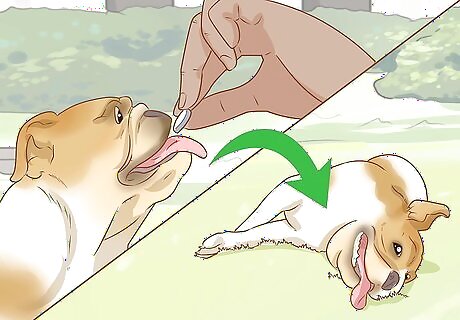
Give the dog Benadryl before it’s exposed to an allergen. Like most antihistamines, Benadryl works most successfully as a preventative drug. If you know that your dog is allergic to something (e.g. a specific type of grass), give the Benadryl before exposing your dog to the allergen. This will prevent your dog from experiencing allergy symptoms.
Stopping Allergy and Anxiety Symptoms
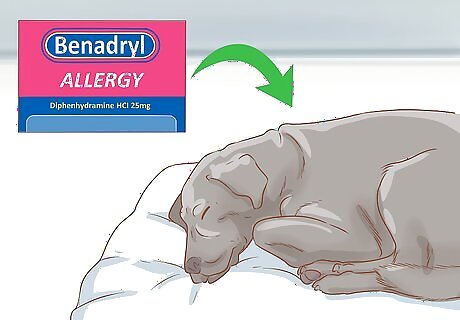
Administer Benadryl for mild anxiety. Benadryl can work in both humans and dogs as a mild sedative, which can calm dogs and alleviate the symptoms of anxiety. This can be helpful when taking anxious dogs on car rides, to the vet’s office, or in any other situation where dogs need to relax or sleep. Benadryl can also cut back on feelings of motion sickness in dogs. Do not use Benadryl for this purpose on a daily basis. If your dog frequently seems anxious or uncomfortable, take the dog to your vet and explain the recurring symptoms.
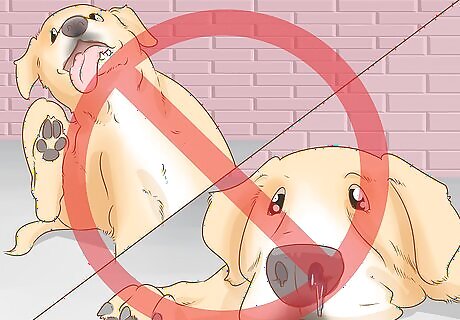
Counter general allergy symptoms. Benadryl effectively works to counter most general allergy symptoms that dogs experience. (Of course, if you know that your dog reacts badly to specific allergens, keep the allergen away from the dog.) Administer Benadryl to sooth symptoms in your dog including: Itchiness or hives. Swelling or inflammation from allergies. Runny nose and eyes. Allergy induced coughing or sneezing.
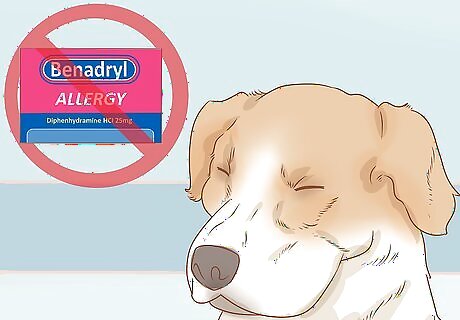
Do not administer Benadryl for an acute allergic reaction. While Benadryl successfully prevents mild to moderate allergic reactions, Benadryl will not be an adequate treatment if your dog experiences more serious symptoms. If your dog is experiencing difficulty breathing or has facial swelling, take the animal directly to a vet’s office. Veterinarians will have stronger medications at their disposal, and will be able to effectively treat a dog’s severe allergy symptoms.
Keeping Your Dog Safe
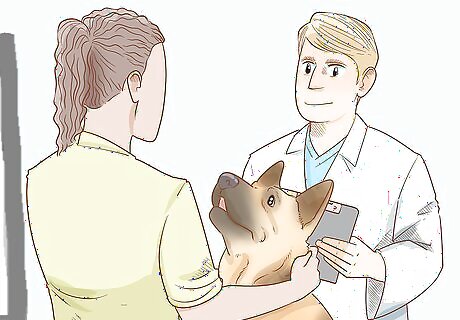
Consult a veterinarian before administering Benadryl. Although Benadryl is a safe drug to give to dogs, it’s still best to consult your vet before administering the drug. Your veterinarian will have interacted with your dog before, and may be able to provide specifically tailored dosage advice.

Read the label of the medication. Diphenhydramine is the active ingredient in most types of Benadryl in the United States, and can safely be given to dogs. However, if you’re outside of the US, Benadryl may contain other drugs which cannot be given to dogs. Read the medication label to confirm that you’re giving your dog diphenhydramine. For example, some Benadryl products will contain the drug acrivastine as their active ingredient. This drug is not safe for dogs to ingest, and should not be administered.
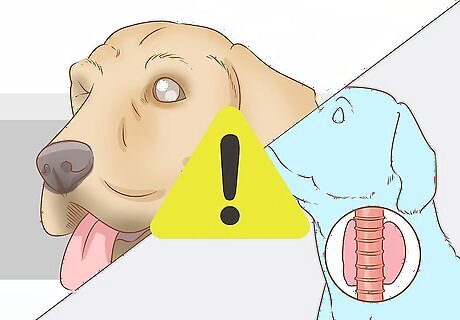
Do not administer Benadryl if your dog has a pre-existing condition. There are a number of medical conditions which can be worsened by diphenhydramine. The most frequently occurring condition is high blood pressure. Also do not give your dog Benadryl if it has glaucoma, hyperthyroidism, or an enlarged prostate.




















Comments
0 comment